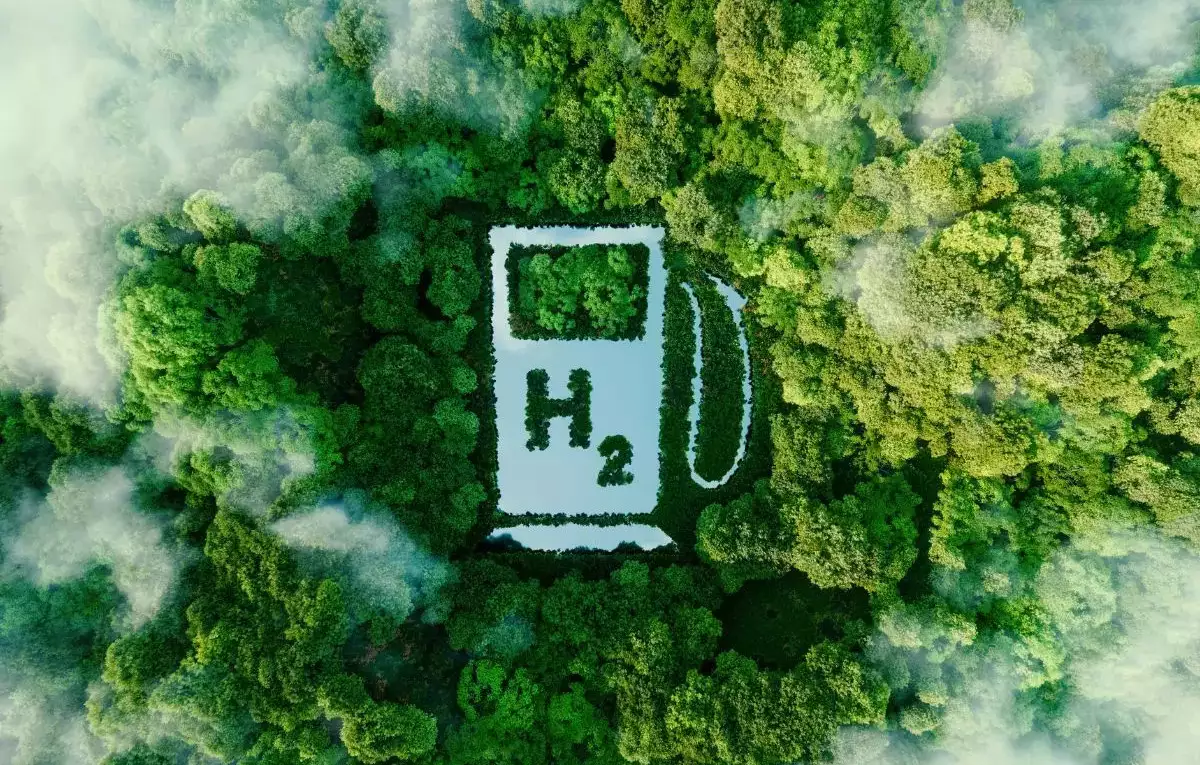In Short : A breakthrough solar cell technology has been developed that can power green hydrogen production. This innovation marks a significant advancement in the renewable energy sector. By harnessing solar energy to produce green hydrogen, a clean and sustainable fuel source, this technology contributes to combating climate change and promoting eco-friendly energy solutions. This breakthrough holds the potential to revolutionize the way we produce and utilize hydrogen, making it a key player in the transition to a low-carbon economy.
In Detail : University of Tübingen’s researchers unveil a groundbreaking solar cell for decentralized green hydrogen production, revolutionizing renewable energy.
Scientists at the University of Tübingen have unveiled a remarkable breakthrough in renewable energy: a highly efficient solar cell that promises to revolutionize the production of green hydrogen, a press release revealed.
Hydrogen, when produced from water through electrolysis using renewable energy sources, is often called “green hydrogen” due to its environmentally friendly production process. This breakthrough solar cell, integrated into a photoelectrochemical apparatus, enables decentralized hydrogen production without additional external circuits, making it more compact, flexible, and cost-efficient.
The research, led by Dr. Matthias May from the Institute of Physical and Theoretical Chemistry at the University of Tübingen, marks a significant milestone in the quest for more sustainable hydrogen production. May explains, “Among researchers in the field, realizing stable and efficient photoelectrochemical or direct water splitting is something of a holy grail.” This new technology addresses this challenge by precisely controlling the interfaces between different materials at a nanometer scale, enhancing efficiency and stability.
One of the main challenges in solar cell development is corrosion, particularly in water-based applications. May notes, “Overall, however, corrosion – and thus the long-term stability of the solar cell in water – is still the greatest challenge. In this, we have now made great progress compared to our earlier work.” This progress opens up exciting possibilities for the long-term viability of the technology.
The technical design of this novel solar cell is both innovative and effective. Efficiency in solar cells measures what percentage of sunlight energy can be converted into usable hydrogen energy, and the research team achieved an impressive efficiency rate of 18 percent. This figure represents the second-highest value ever recorded for direct solar water splitting. The journey toward efficient solar water splitting began in 1998 when the USA’s National Renewable Energy Laboratory (NREL) achieved 12 percent efficiency. Subsequent milestones include 14 percent in 2015 (May et al.) and 19 percent in 2018 (Cheng et al.).
This breakthrough technology opens the door to large-scale applications, even with lower efficiencies. Erica Schmitt, the study’s first author, states, “What we have developed here is a technology for solar hydrogen production that does not require a high-performance connection to the electricity grid. This means that permanent smaller stand-alone solutions for energy supply are also conceivable.” The implications of this statement are profound, as it suggests that regions with limited access to a stable electricity grid can still benefit from decentralized green hydrogen production.
The University of Tübingen’s research is part of the larger joint project H2Demo, which involves collaborations with external partners, including the Fraunhofer Institute for Solar Energy Systems (ISE). The following steps in this journey involve further improvements in long-term stability, transitioning to a more cost-effective silicon-based material system, and scaling up to larger surface areas. These advancements have the potential to make a significant contribution to energy supply and the reduction of CO2 emissions on a global scale.
The development of this highly efficient solar cell signifies a game-changing milestone in the pursuit of sustainable hydrogen production. As the world seeks cleaner energy sources to combat climate change and reduce dependence on fossil fuels, innovations like the one the University of Tübingen’s research team achieves become increasingly crucial. The ability to harness the Sun’s power to produce green hydrogen at a decentralized level reduces our carbon footprint and holds the promise of a brighter and greener energy future.
In conclusion, the University of Tübingen’s groundbreaking solar cell innovation represents a significant leap forward in the quest for sustainable hydrogen production. Its high efficiency and ability to operate independently from the electric grid make it a game-changer in the transition to green energy solutions. As research continues and this technology matures, it could play a vital role in addressing the pressing challenges of climate change and energy sustainability, significantly contributing to a cleaner and more sustainable future for our planet.

